1. Bats
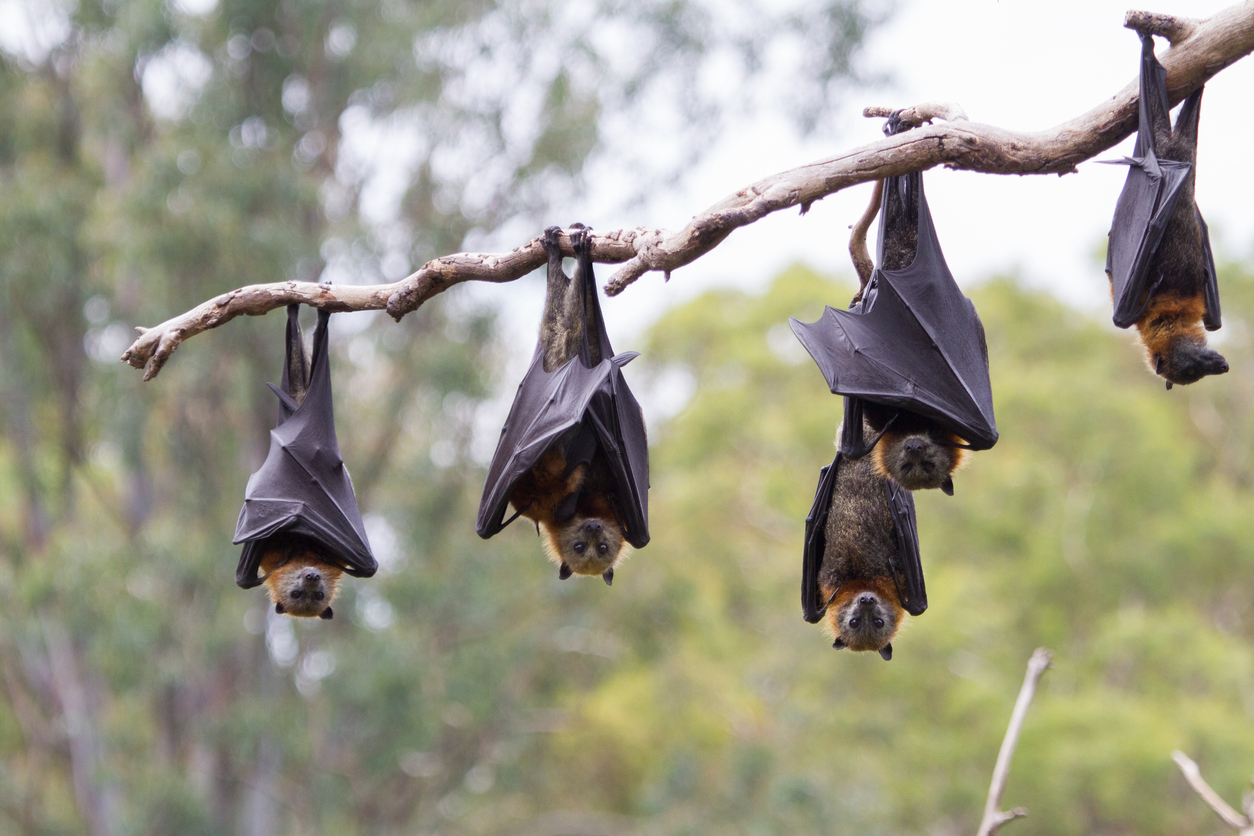
Not everyone agrees that pandemics start in nature, and we are writers who do our research but we are not virus experts so please keep that in mind when reading this story. That said- scientists have long studied how animals pass germs to humans. Bats are found almost everywhere except Antarctica, often roosting in attics, trees, or barns. Most people never touch them, but contact happens when saliva, urine, or droppings contaminate fruit or surfaces. Guano can also release fungal spores into the air that cause lung infections. When bats are hunted for food or trapped indoors, risks rise. They carry rabies, Nipah, Ebola, and coronaviruses including SARS, often without symptoms, which makes them silent but powerful carriers in pandemic conversations.
2. Pangolins
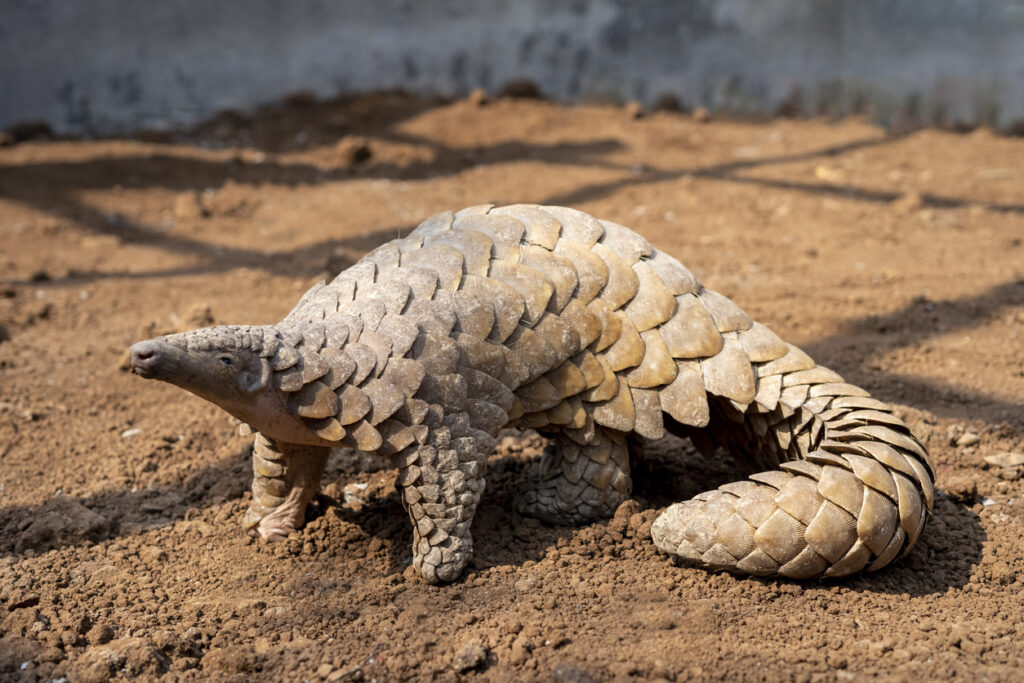
Pangolins are shy and nocturnal, spending most of their lives digging for ants and termites. People rarely meet them in the wild, but illegal hunting and wildlife markets bring them into closer contact with humans. During capture or butchering, handlers are exposed to blood, saliva, and feces that may carry pathogens. While studies have questioned their role in COVID-19 origins, pangolins are known to harbor coronaviruses and other germs. In crowded market cages, their waste quickly contaminates food and other animals, creating the right conditions for viruses to change. Their vulnerability and trafficking keep them firmly on watchlists.
3. Palm Civets
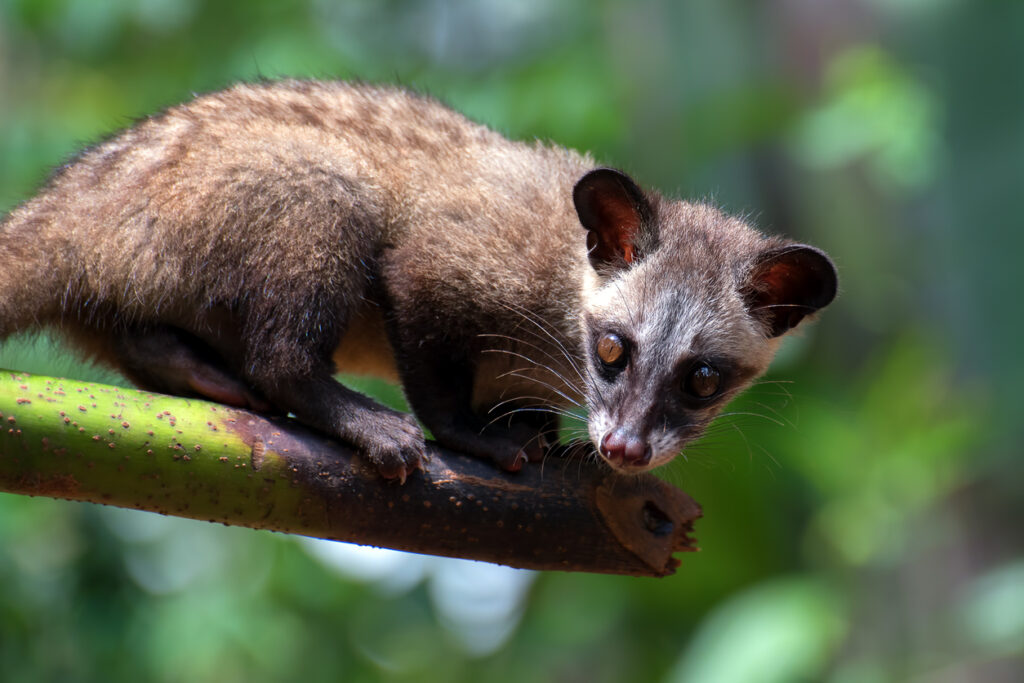
Palm civets look like small cats and live in Asia and Africa, where they are sometimes kept in cages for meat or coffee production. Their closeness to humans has been risky before. In the early 2000s, civets passed SARS to people through respiratory secretions and contaminated surfaces. In crowded cages, feces, urine, and leftover food mix to create a breeding ground for new infections. While few people outside rural or market settings see civets directly, their history makes them important to monitor. They are reminders that everyday trade and human curiosity can help dangerous viruses find new hosts.
4. Dromedary Camels
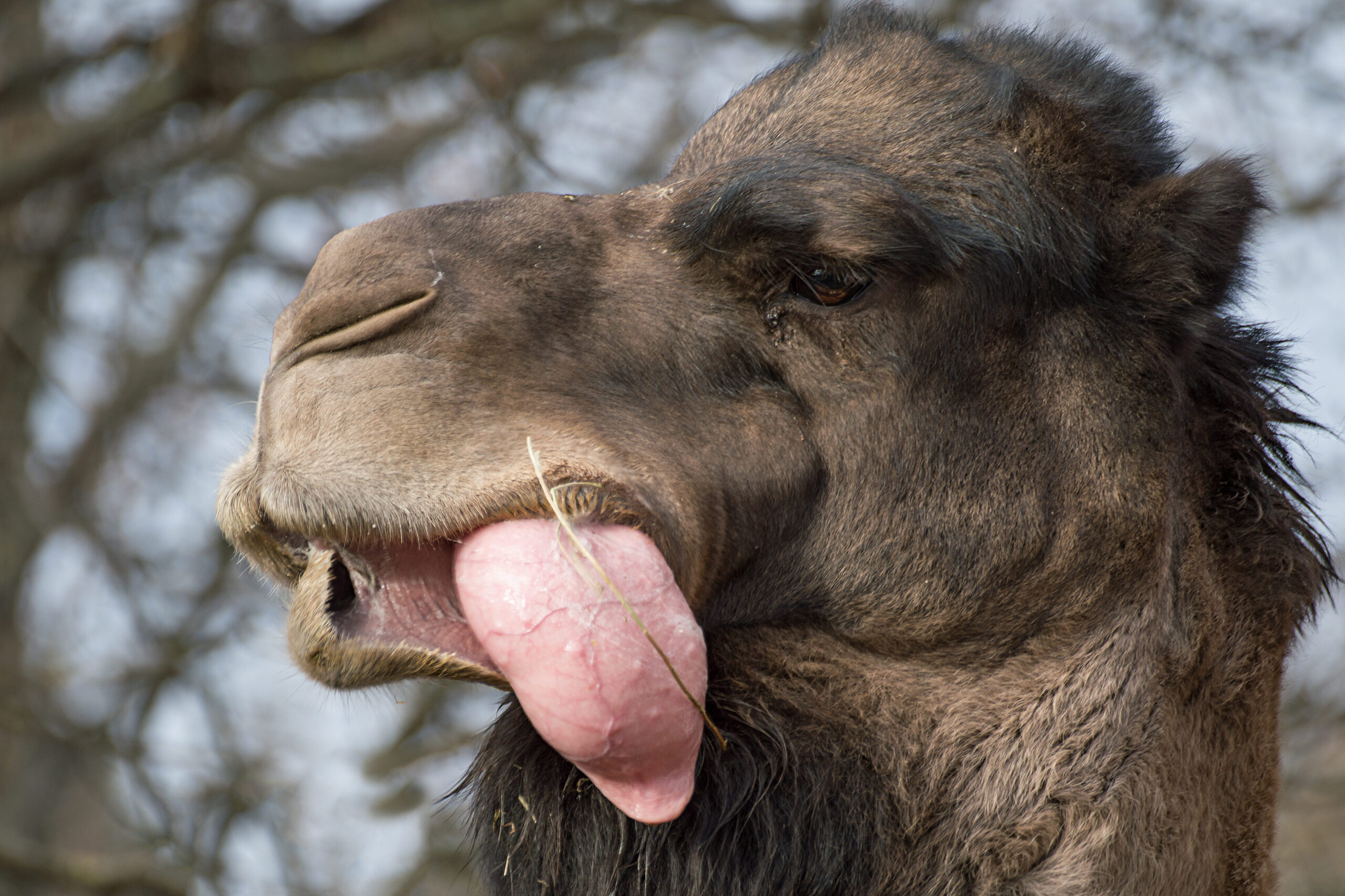
Camels are part of daily life in parts of the Middle East and North Africa, used for transport, sport, meat, and milk. But they also carry MERS-CoV, the virus that causes Middle East Respiratory Syndrome. This virus spreads through respiratory droplets and close contact with body fluids. Feces in barns or pens can contaminate water or milking areas. Drinking raw camel milk or eating undercooked meat also raises risks. Outbreaks of MERS are rare but still appear, reminding the world that viruses can persist quietly in animal populations for years while waiting for opportunities to reach humans.
5. Mink and Ferrets
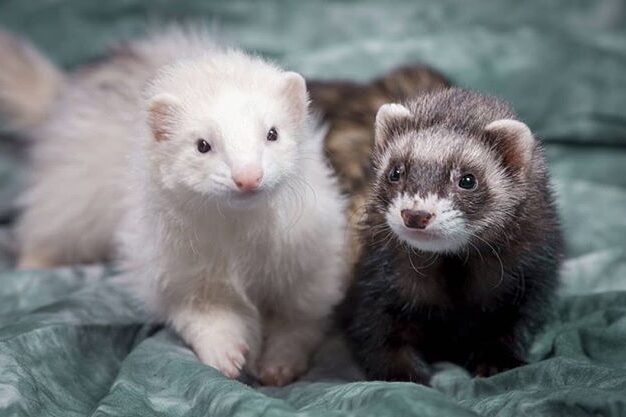
Mink and ferrets are small mammals that share surprising similarities with humans when it comes to catching respiratory viruses. Mink are farmed for fur in large numbers, often kept in crowded cages where droppings and urine accumulate. During COVID-19, farms saw large outbreaks where the virus spread between mink and humans. Ferrets, often used in influenza research, are also efficient transmitters of flu viruses. While most people may only see ferrets as pets, farms and laboratories make them central to studies about how diseases move. Their sensitivity to viruses keeps both animals high on pandemic watchlists.
6. Rodents
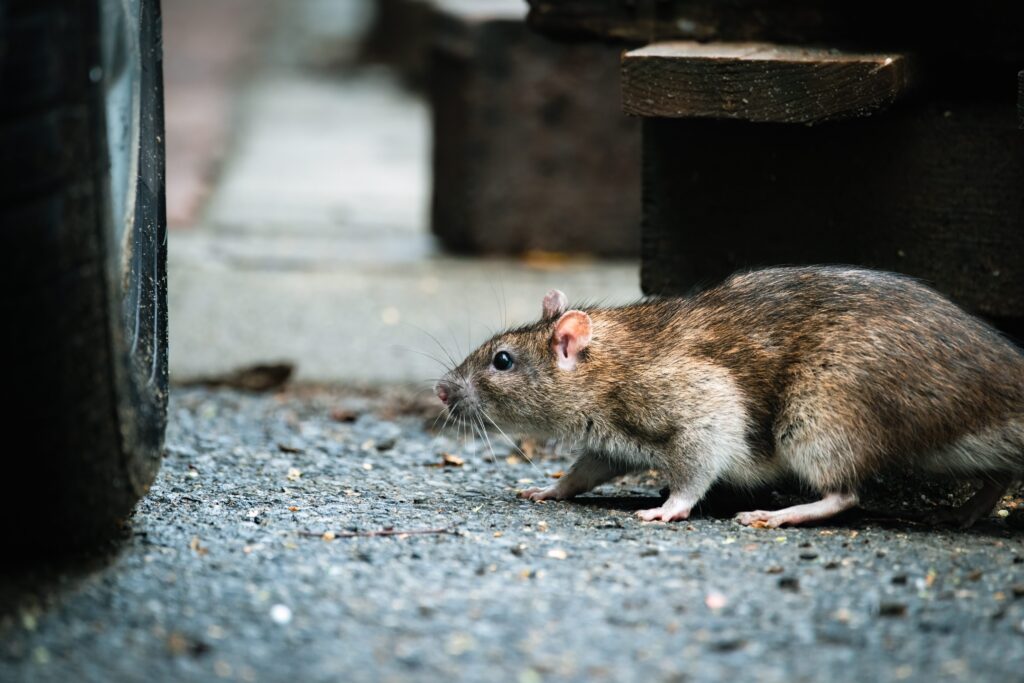
Rats and mice live wherever humans live, from cities and farms to storage spaces and homes. Their droppings, urine, and saliva carry many germs, including Salmonella, Lassa fever, and leptospirosis. Dried feces can turn into dust particles that spread hantavirus, leading to severe lung infections. Even pet rodents can pass on certain viruses, raising risks for pregnant women. Because rodents reproduce quickly and adapt easily, they remain one of the most constant sources of disease around us. They may seem ordinary compared to exotic animals, but their close contact with humans makes them especially important to watch.
7. Non-Human Primates
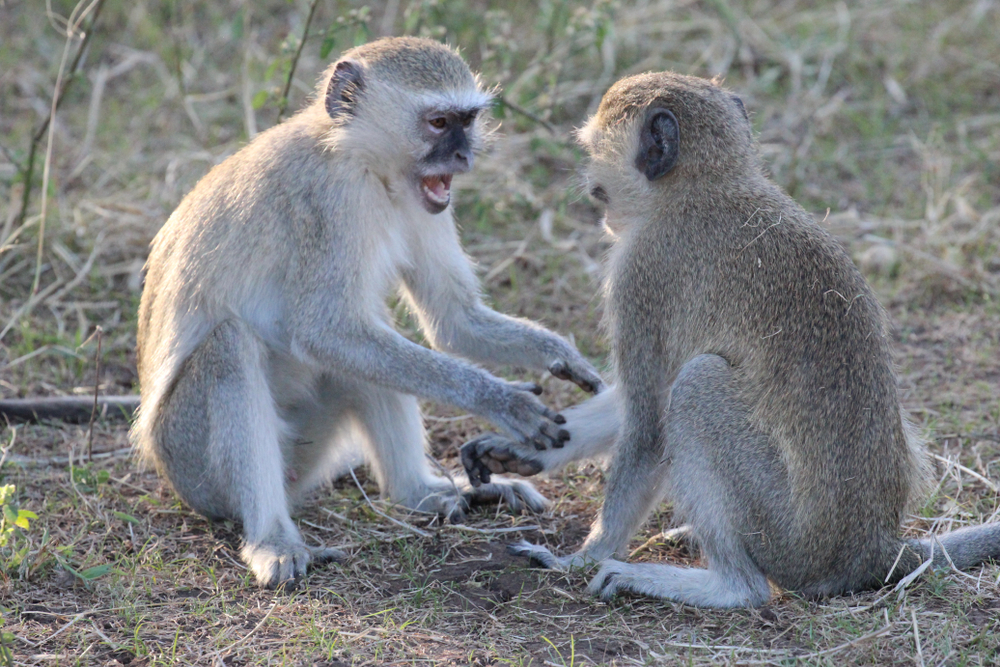
Monkeys, baboons, and apes often live near humans, whether in forests, tourist sites, or city edges. People may feed them or encounter them when farming or expanding into wild areas. These primates can pass on viruses and bacteria through bites, scratches, or contact with blood, urine, or feces. Their waste also carries parasites and bacteria that cause stomach illnesses. They harbor serious diseases including Ebola and simian immunodeficiency viruses. Because their DNA is so close to ours, transmission can be easier and often more severe. Their similarities make them fascinating companions in nature but also risky neighbors.
8. Poultry
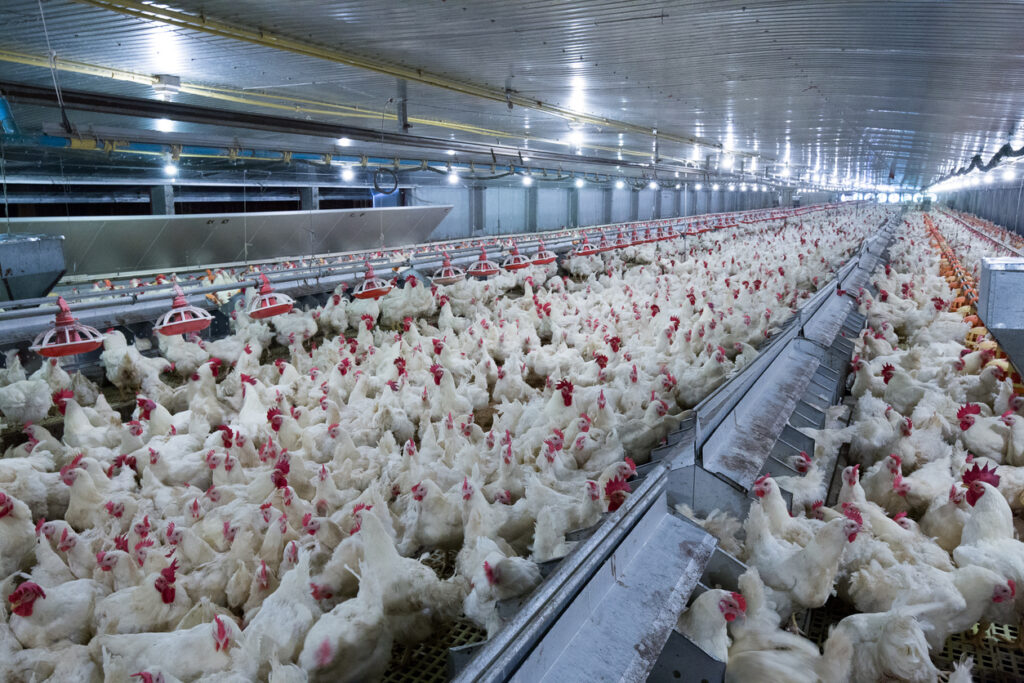
Chickens, ducks, and geese are some of the most familiar animals humans interact with daily. They are raised in huge numbers around the world for meat and eggs, but they also carry dangerous germs. Avian influenza viruses like H5N1 can spread from droppings or respiratory secretions, especially in live bird markets. Poultry feces often contain Salmonella and Campylobacter, which cause foodborne illnesses every year. Even in backyard flocks, contaminated eggs or coop cleaning can spread disease. While strict farm practices reduce risk, the scale of poultry farming ensures these birds remain high on scientists’ pandemic watchlists.
Feces might not be the first thing people think about when they hear “pandemic risk,” but it’s one of the most common ways germs spread. Whether in a bat cave, a rodent-infested granary, or a poultry yard, waste products often carry the microscopic passengers that make the leap from animal to human possible.
This story 8 Animals Scientists Worry Could Spark the Next Pandemic was first published on Daily FETCH


